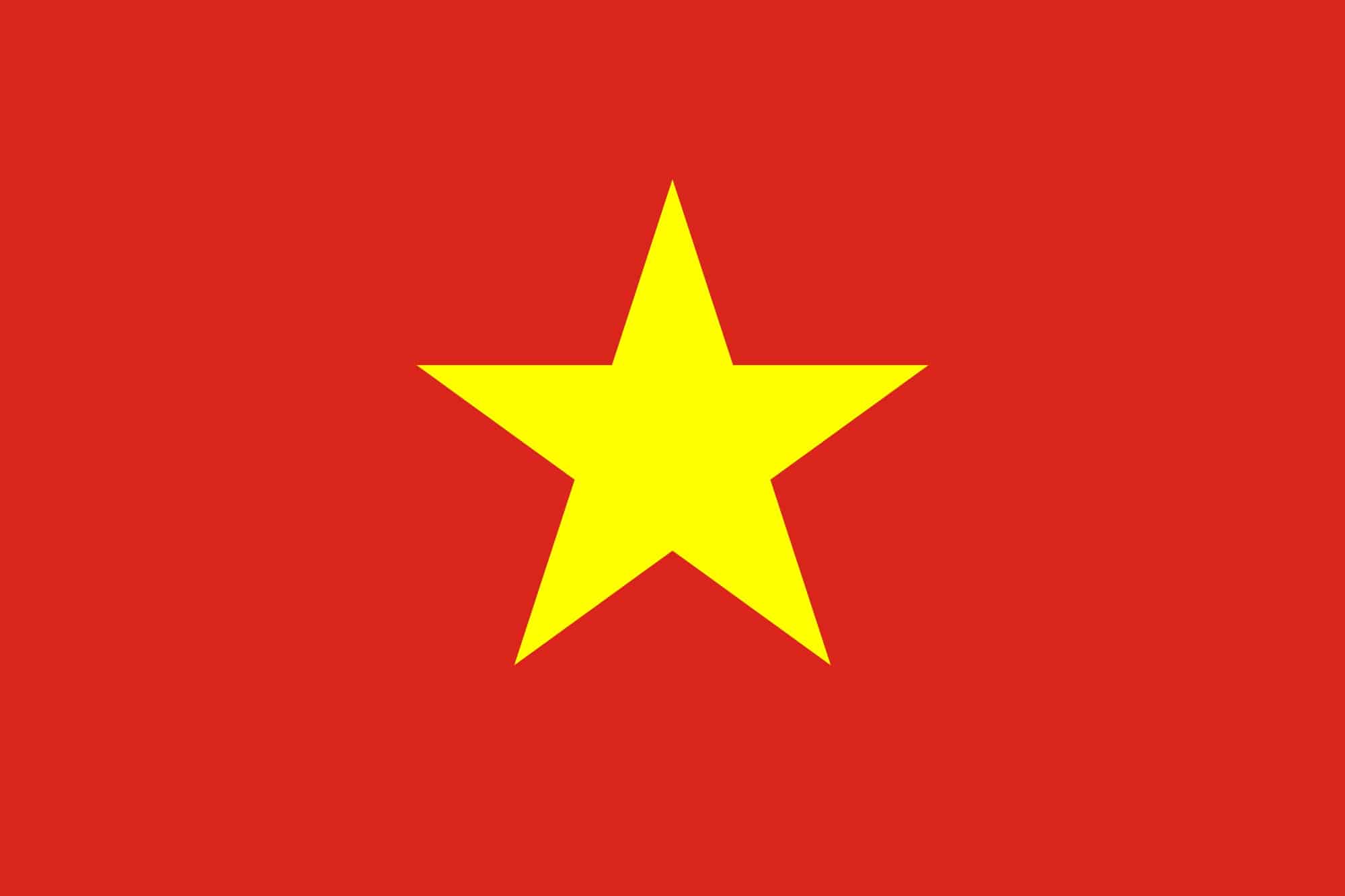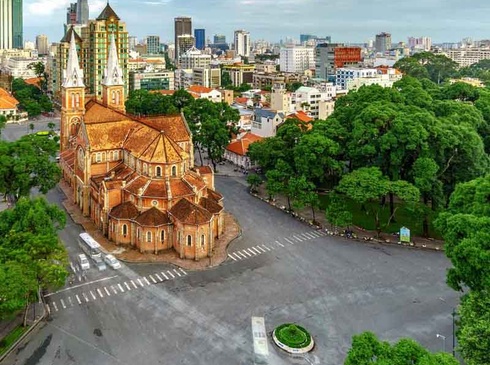Discovering the Fascinating History of Quang Tri and the Demilitarised Zone (DMZ)
Quang Tri is a province located in the central region of Vietnam that holds a significant historical value that shaped the country's history and culture. It was situated along the Demilitarised Zone (DMZ) during the Vietnam War, making it a significant battleground and an essential strategic location between the North and South Vietnamese territories. Quang Tri witnessed some of the war's most brutal and challenging battles, where thousands of soldiers lost their lives and changed the course of history. In this article, we'll explore the fascinating history of Quang Tri and its role in the Vietnam War.
.jpg)
The Demilitarized Zone, also known as the DMZ, was established in 1954 as part of the Geneva Accords that ended the First Indochina War. The DMZ was a 5 km wide buffer zone between North and South Vietnam, separating the two territories during the Vietnam War. Quang Tri was the central province of the DMZ, home to several military bases, underground tunnels, and the famous Ho Chi Minh trail. The province was considered the vital gateway for the North Vietnamese Army to transport weapons, supplies, and troops to the South. The Americans considered Quang Tri as a crucial location, and so did their South Vietnamese allies, resulting in multiple battles that lasted for years.
The Battle of Quang Tri was considered one of the most critical conflicts of the Vietnam War. The battle lasted for over two months in 1972, resulting in significant damage to the surrounding areas, including historic landmarks, buildings, and homes. After intense fighting, the North Vietnamese Army took control of Quang Tri, leading to the final downfall of the South Vietnamese government. The city was destroyed, and the residents had to flee, leaving behind memories of the infamous battle.
Quang Tri also held the infamous Truong Son National Cemetery, a resting place for thousands of Vietnamese soldiers who lost their lives during the Vietnam War. The cemetery is located in Truong Son, a mountain range bordering Laos and Vietnam, which served as the Ho Chi Minh trail's main route. It is a stark reminder of the atrocities and consequences of war, where thousands of Vietnamese soldiers who died for their country are laid to rest.
.jpg)
Today, Quang Tri is a flourishing province known for its stunning landscapes, natural reserves, and historical landmarks. You can visit the Vinh Moc tunnels, one of the most extensive tunnels in Vietnam, and learn about the locals' living conditions during the bombing. Another famous destination is the Mine Action Visitor Centre, which educates tourists about the dangers of landmines that continue to remain in the war-stricken areas. Quang Tri also offers a chance to learn about the Vietnamese culture and cuisine, where tourists can indulge in traditional dishes, such as Bun Cha Hanoi, a noodle dish that originated in Hanoi.
Conclusion: Quang Tri and the Demilitarised Zone hold an unforgettable history that shaped Vietnam's future and impacted many lives. With its rich culture and fascinating landmarks, it is an excellent destination for travelers who seek to learn about Vietnam's past and appreciate its beauty. A trip to Quang Tri will offer visitors a chance to take a deeper look into the consequences of war and how the country has rebuilt itself to become one of Southeast Asia's most alluring destinations.







